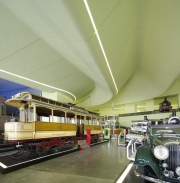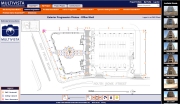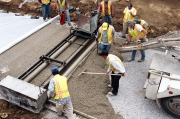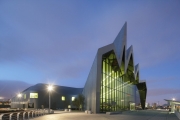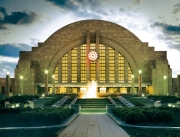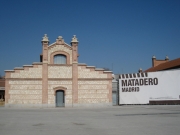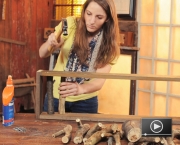DHA Design illuminates Glasgow’s Riverside Museum of Transport and Travel. This third article in Buildipedia’s five-part series on the Riverside Museum gives an in-depth look at the building’s lighting design.
In 2006, lighting consultancy DHA Design in London was appointed by exhibit firm Event Communications as the lighting designer for the iconic Riverside Museum of Transport in Glasgow, Scotland. For approximately three years, the two firms worked closely to design a lighting plan that would not only embrace architect Zaha Hadid’s overall vision and concept for the museum but also would complement the exhibition layout, which features more than 3,000 objects, films, photographs, and personal testimonials that reveal the vibrant history of the city of Glasgow.
